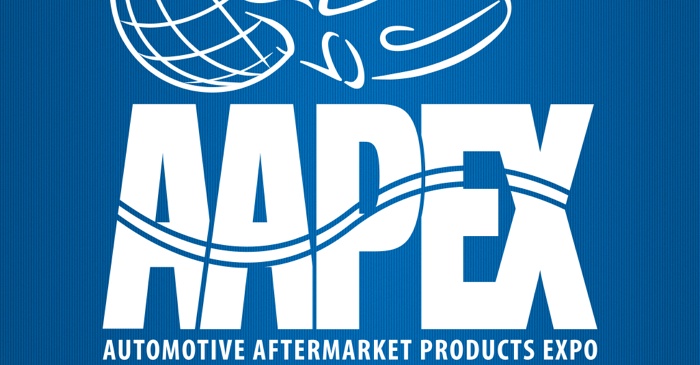The continued trend toward a global platform strategy by automotive manufacturers presents new and unique challenges and opportunities for the automotive aftermarket, according to Mark Seng, global aftermarket practice leader for IHS Automotive, during a presentation to industry executives at the Automotive Aftermarket Products Expo (AAPEX) in Las Vegas.
Seng and other leaders from the aftermarket and commercial vehicle teams at IHS Automotive, part of IHS Inc. (NYSE: IHS), are taking part in the convention program this year.
Global Platform Opportunities Abound
With nearly 86 million light vehicle sales expected globally this year, the industry is looking toward 100 million sales by 2019, according to IHS Automotive forecasts. Additionally, by 2021, nearly 60 percent of light vehicle production is expected to be built on global platforms.
OEMs are expected to double production volume per platform by 2021 as well, Seng said. This trend includes a shift to more modular architecture and standardized components across vehicles sold around the world.
“Aftermarket suppliers must start planning now to understand global vehicle markets,” Seng said, “and identify where components will be the same and work to develop a global product and supply chain strategy to be competitive in the future.”
VIO by the Numbers
Global light vehicle population, or vehicles in operation (VIO), will experience substantial growth – 27 percent by 2021 – to 1.4 billion vehicles, according to IHS; and rise to two billion by 2040. VIO will also shift geographically in the coming years. Today, 71 percent of VIO is centered in North America, Europe and Japan. By 2021, that number is expected to decrease to 58 percent. Consequently, the rest of the world will represent 42 percent of total VIO, up from just 29 percent today. IHS Automotive is currently working with customers and industry groups to help them understand the nature of the new environment, and begin to plan ahead to adjust business strategy for future success.
Aggressive Product Launch Activity Ahead
The recovery of the auto industry has included a dramatic increase by manufacturers in the rate of new model introductions and redesigned vehicles. In 2014, the industry will see 115 new vehicle launches; compared with 161 expected in 2018 – 40 percent growth over the next four years. In addition, the average cadence for OEM program launches will decline to less than six years over the same time period. As a result, suppliers will need to adapt accordingly and be prepared to support this shorter development cycle.
Global Passenger Car Age to Change Substantially by 2020
The aftermarket is evolving as vehicles age around the world. IHS Automotive reports shifts in the average age of passenger cars on a global scale by 2020. Shifts in key countries such as the BRIC nations demonstrate the need for the aftermarket community to adapt to these changes.
|
Country |
Base Age of Passenger Cars (2014) |
Change in Passenger Car Age, 2010-2020 |
|
Brazil |
8.6 years |
+5% |
|
Russia |
12.8 years |
-14% |
|
India |
4.5 years |
+14% |
|
China |
4.7 years |
+53% |
In the U.S., IHS anticipates the market will undergo a slowing of the average vehicle age; with it holding steady at 11.4 years for 2015, increasing to 11.5 years in 2017 and reaching just 11.7 years by 2019. This also suggests the “sweet spot” for the aftermarket will reflect changes as well. Vehicles new to five years old will grow 32 percent by 2019, while vehicles 6-11 years of age will decline 21 percent and vehicles 12-plus years old will grow 15 percent, according to IHS estimates.
Some may think this could mean a shrinking of the aftermarket “sweet spot” – those model years where most repairs are done. However, the industry has defined the “sweet spot” in the U.S. in the same way for decades, even when average age was nine years and less. Today, average age is approaching 12 years. Depending on one’s product line, the “sweet spot” may be increasing.
“The aftermarket may need to begin thinking differently about the repair ‘sweet spot’ as vehicles age and consumer behaviors change. Success will require that businesses adapt to the evolution in a timely manner,” Seng said. “Nimble aftermarket organizations that embrace and prepare for the changes under way will have the greatest opportunity to succeed in the global market moving forward.”











